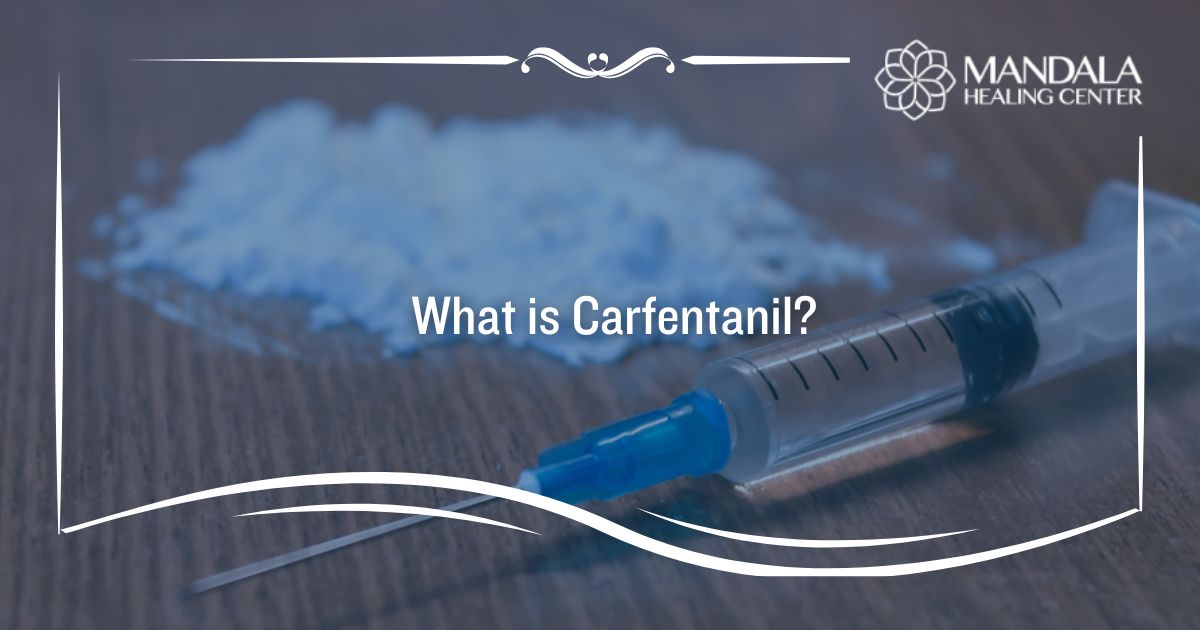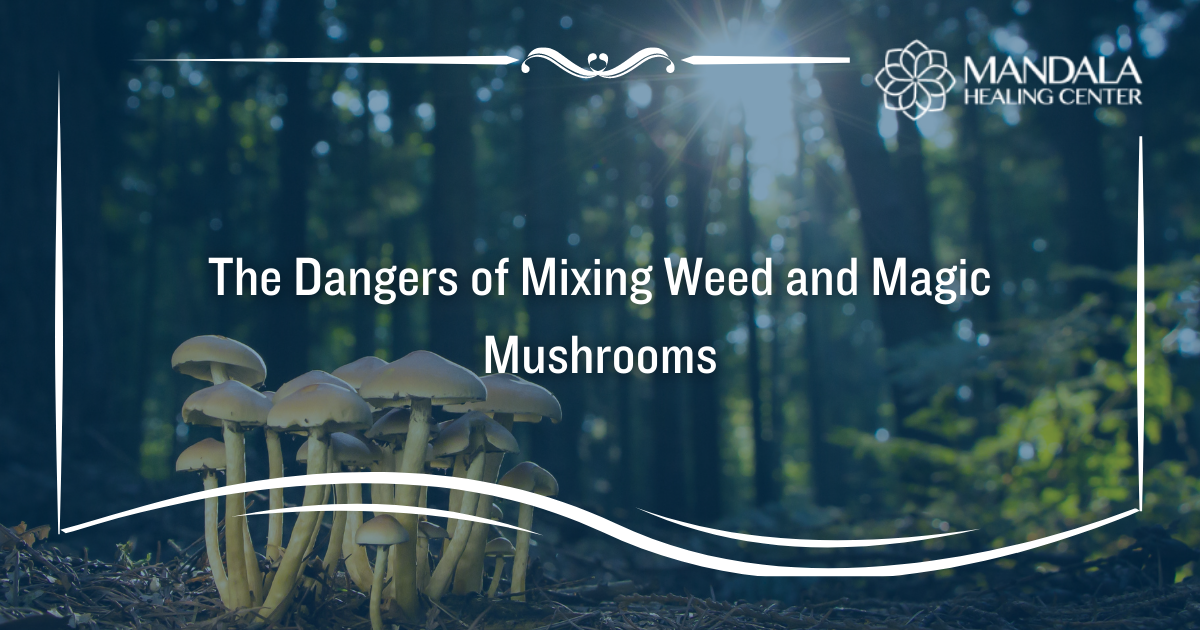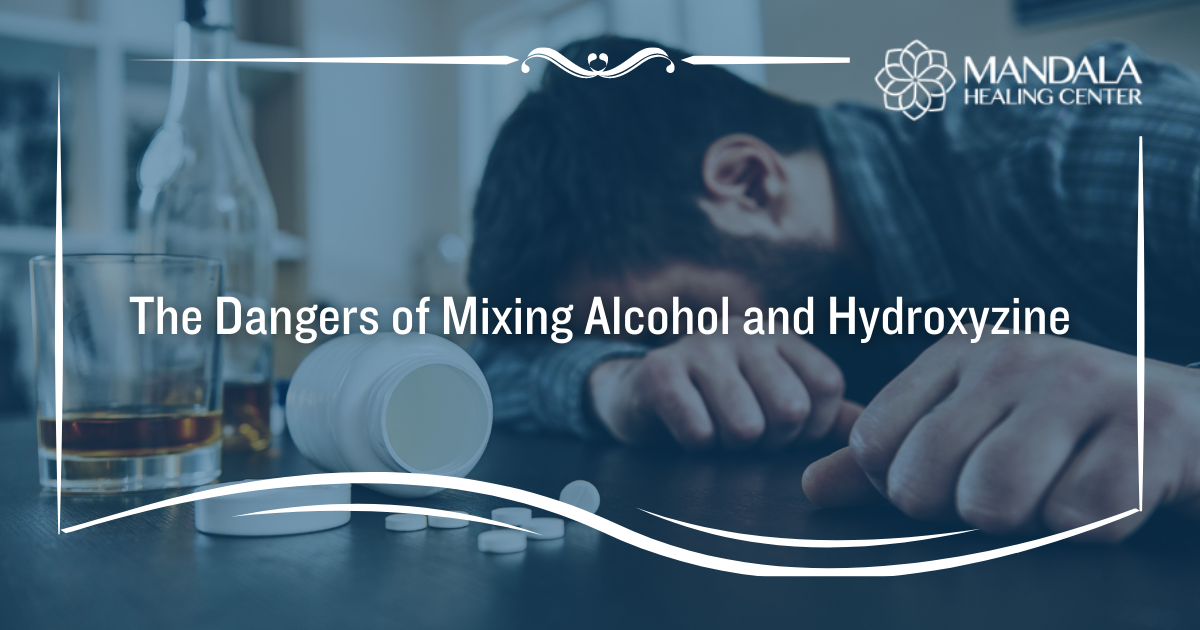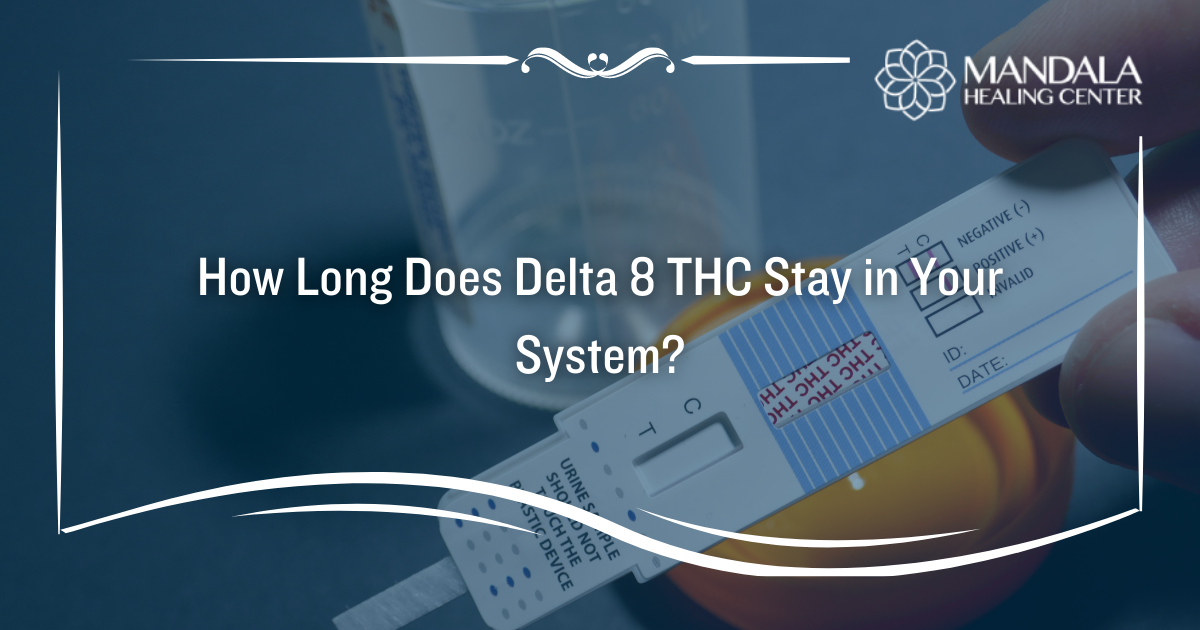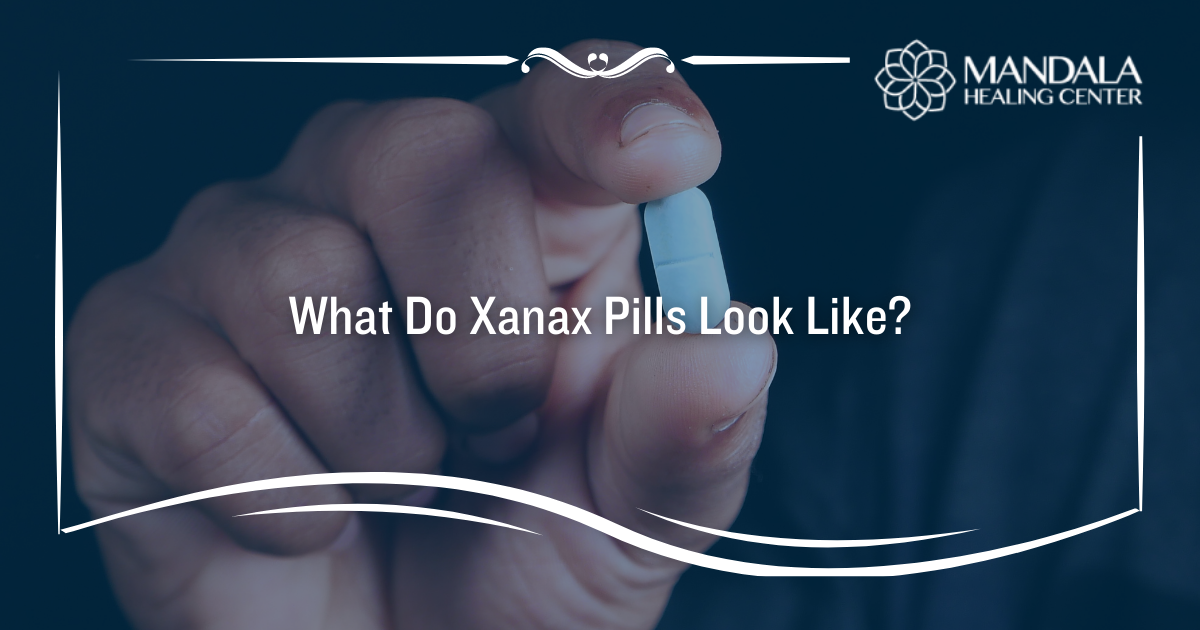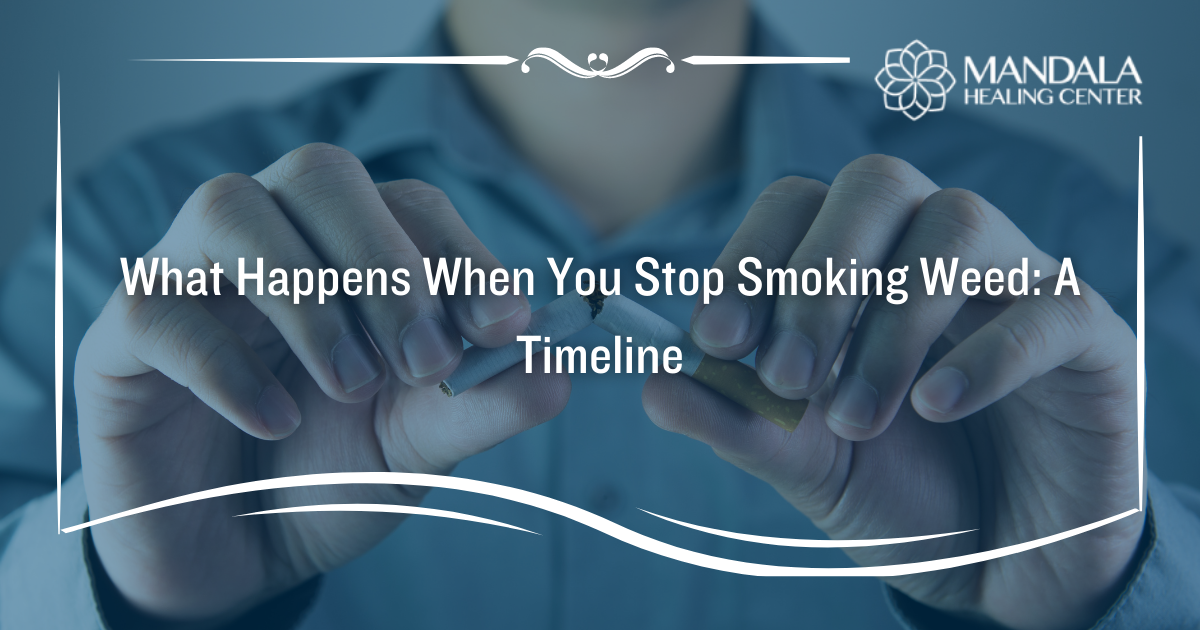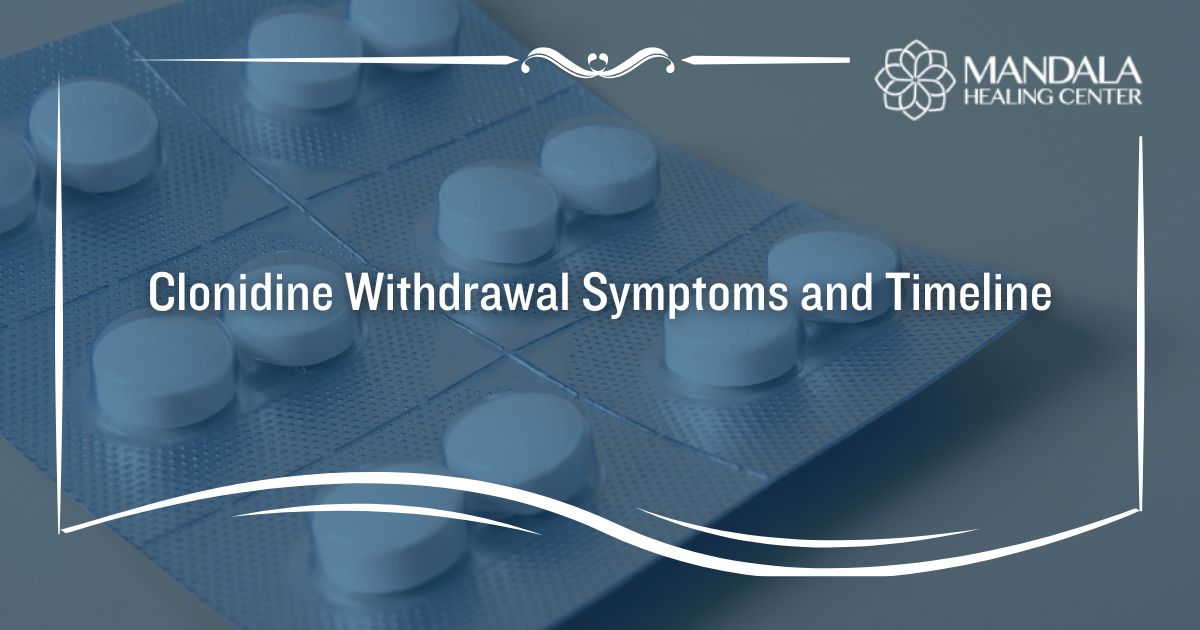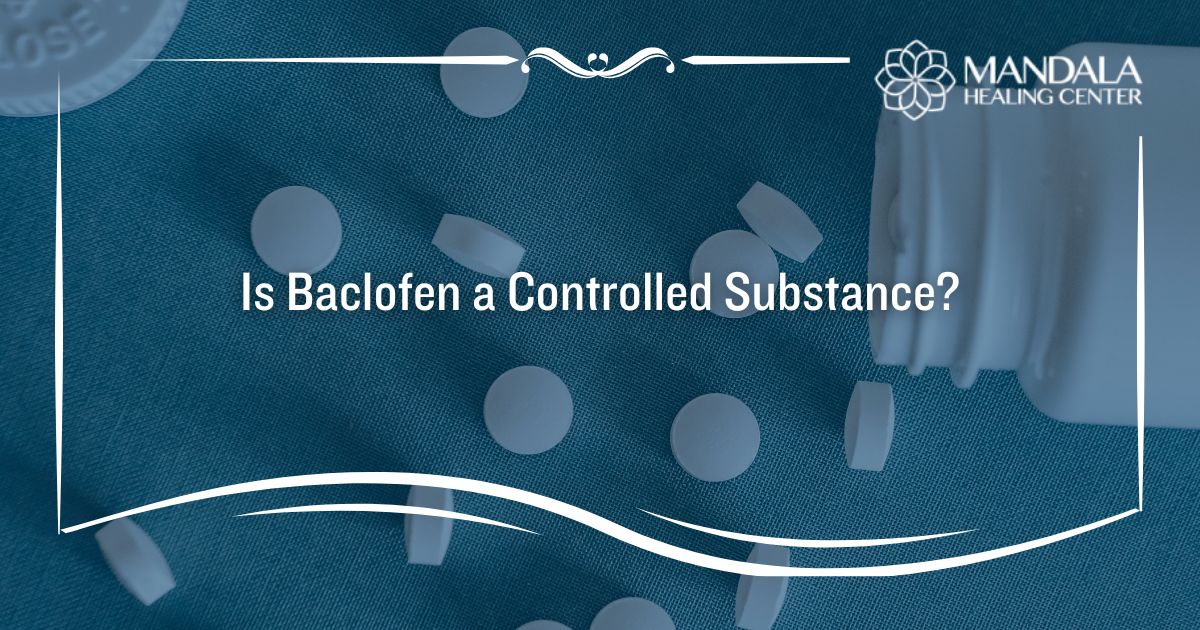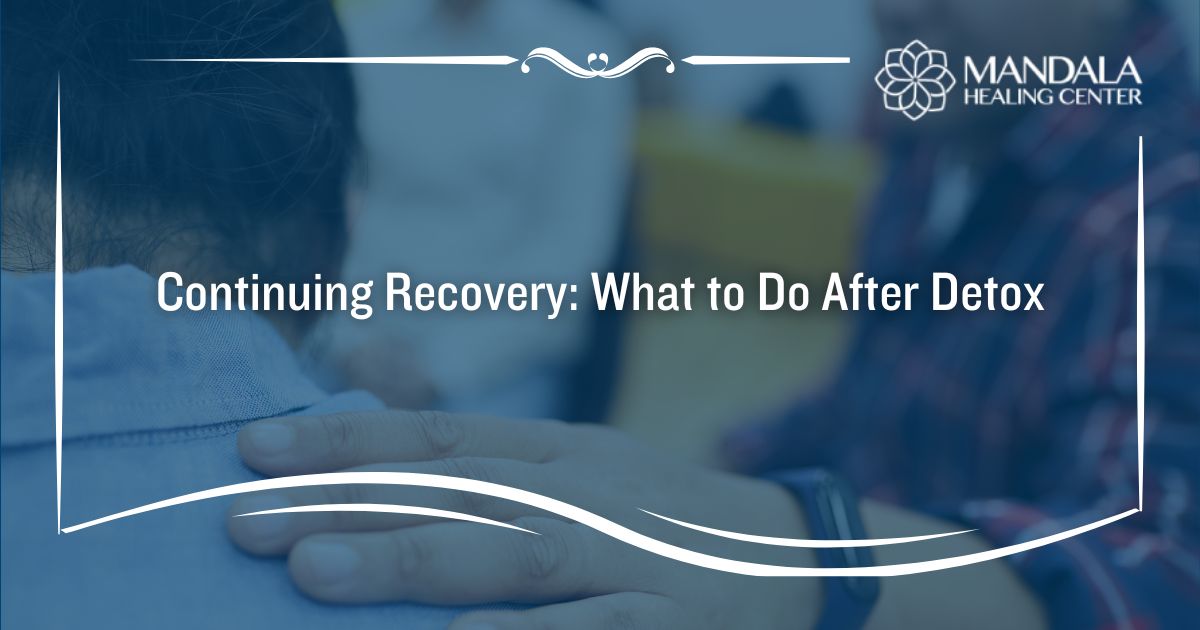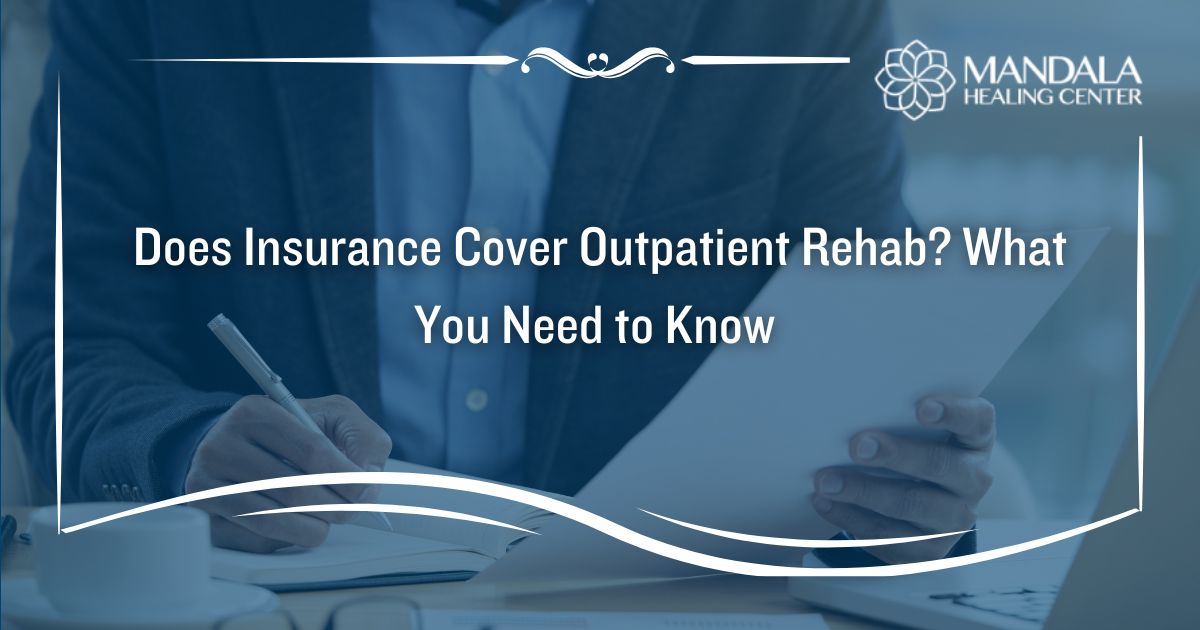The opioid crisis continues to affect millions of Americans each year. Every couple of years, a new and more dangerous opioid takes the spotlight. First, it was fentanyl, which is 100 times more potent than morphine.
As if fentanyl was not dangerous enough, an analog of the substance started making its way into the illegal drug trade. Carfentanil is thought to be 10,000 times more potent than morphine and 100 times stronger than fentanyl.[1] Even tiny amounts of this substance can lead to a life-threatening opioid overdose.
According to the Centers for Disease Control and Prevention (CDC), 11.2% of overdose deaths from 2016 to 2017 tested positive for carfentanil.[2]
While carfentanil is addictive, its potency makes it difficult to develop one. It is more likely that someone misusing carfentanil repeatedly will suffer from an overdose death before dependence develops. Most people do not even use carfentanil on purpose, instead coming across it as an adulterant in drugs that they believe to be heroin or fentanyl.
In this article, you will learn:
- What is carfentanil
- What are the dangers of abusing it
- Does naloxone reverse a carfentanil overdose
- What to do when someone is experiencing an opioid overdose
What is Carfentanil?
Carfentanil is an analog of fentanyl, making it a synthetic opioid. It is not approved for human consumption in the United States. It is used by veterinarians to induce sedation in large animals.
The effects of this substance are similar to other synthetic opioids. If you consume it, you might experience:[3]
- Intense feelings of euphoria
- Relaxation
- Dizziness and drowsiness
- Sedation
- Irregular heartbeat
- Low blood pressure
- Loss of consciousness and sedation
- Respiratory depression
Carfentanil is often used as an adulterant in other drugs. You might find it inside of your heroin, fentanyl, or other opioid drugs like pressed oxycodone pills. There is a substance known as “gray death”, which contains carfentanil and other dangerous opioids.[4]
What are the Dangers of Carfentanil?
No matter how you come in contact with carfentanil, you should avoid consuming it. Even 2 mg of fentanyl can lead to a life-threatening overdose. When you consider the fact that carfentanil is 100 times more potent than fentanyl, it’s easy to see how even a speck of the substance can be fatal.
The main danger associated with this drug is overdose. The symptoms of an overdose might include:[5]
- Pale or clammy skin
- Pinpointed pupils
- Extreme sedation or unconsciousness
- Not responding to stimuli
- Choking or gurgling noises
- Slowed or stopped breathing and heartbeat
- Bluish tint to fingernails and lips
If you believe someone is overdosing, you should seek emergency medical attention. It is important to note that there are laws protecting you from being prosecuted for drug possession while medical professionals respond to an overdose, so the fear of going to jail should not prevent you from saving a life.
Does Naloxone (Narcan) Work on Carfentanil?
Thankfully, naloxone does work to reverse carfentanil overdoses. Because of how potent the drug is, it might take several doses for Narcan to be effective. In other words, it is better to keep multiple doses of naloxone handy if someone you love suffers from opioid addiction.
Naloxone works to reverse opioid overdoses by attaching to opioid receptors in the brain. Once attached, it reverses and blocks the effects of other opioids that the person has consumed.[6] However, someone can begin overdosing later on if they use an extended-release opioid, making it vital that you still call 911 for emergency medical assistance.
What to Do if Someone is Overdosing
There has been a lot of discussion on whether it is safe to come in contact with fentanyl-related substances like carfentanil. Some law enforcement officers are unwilling to go anywhere near powdered substances out of fear of overdosing.
According to experts, even though carfentanil can be absorbed through the skin, dermal contact is unlikely to lead to toxic levels sufficient for a drug overdose.[3] That said, you should still avoid touching carfentanil and prevent yourself from breathing it in.
While keeping yourself safe from carfentanil absorption, you should take the following steps when someone is overdosing:[7]
- Look for the signs of overdose and attempt to get their attention by shaking them or calling their name
- If they do not respond, call 911 and try a sternal rub to wake them up
- Be specific with 911 about their symptoms, what drug they’ve ingested, and any other questions they may have
- Administer naloxone if available
- Begin rescue breathing if the person is not breathing on their own
- Place the individual in the recovery position if you have to leave them (turned on their side with a bent knee shifting their body weight forward)
- Give them another dose two minutes later if naloxone is not effective
- Remain with the person until emergency medical professionals arrive
Find Help for Opioid Abuse and Addiction
If you or a loved one suffers from opioid addiction, you could come in contact with dangerous substances like carfentanil. Even small amounts of this drug could lead to a life-threatening overdose. To avoid this, you should seek help from a drug rehab center.
At the Mandala Healing Center, we offer evidence-based practices to help our clients overcome opioid addiction. Whether you need medical detox, medication-assisted treatment, or in-depth therapy, we are here to help.
Contact us today for more information on our opioid addiction treatment center.
References:
- The U.S. Department of Justice (DOJ): Carfentanil: A Dangerous New Factor in the U.S. Opioid Crisis
- The Centers for Disease Control and Prevention (CDC): Overdose Deaths with Carfentanil and Other Fentanyl Analogs Detected
- Science Direct: Carfentanil
- The U.S. Department of Health and Human Services (HHS): ‘Gray Death’ is the Latest Dangerous Street Drug
- The Substance Abuse and Mental Health Services Administration (SAMHSA): Opioid Overdose
- UW Madison Police Department: Narcan/Naloxone
- Illinois Department of Human Services: Recognizing and Responding to an Opioid Overdose


